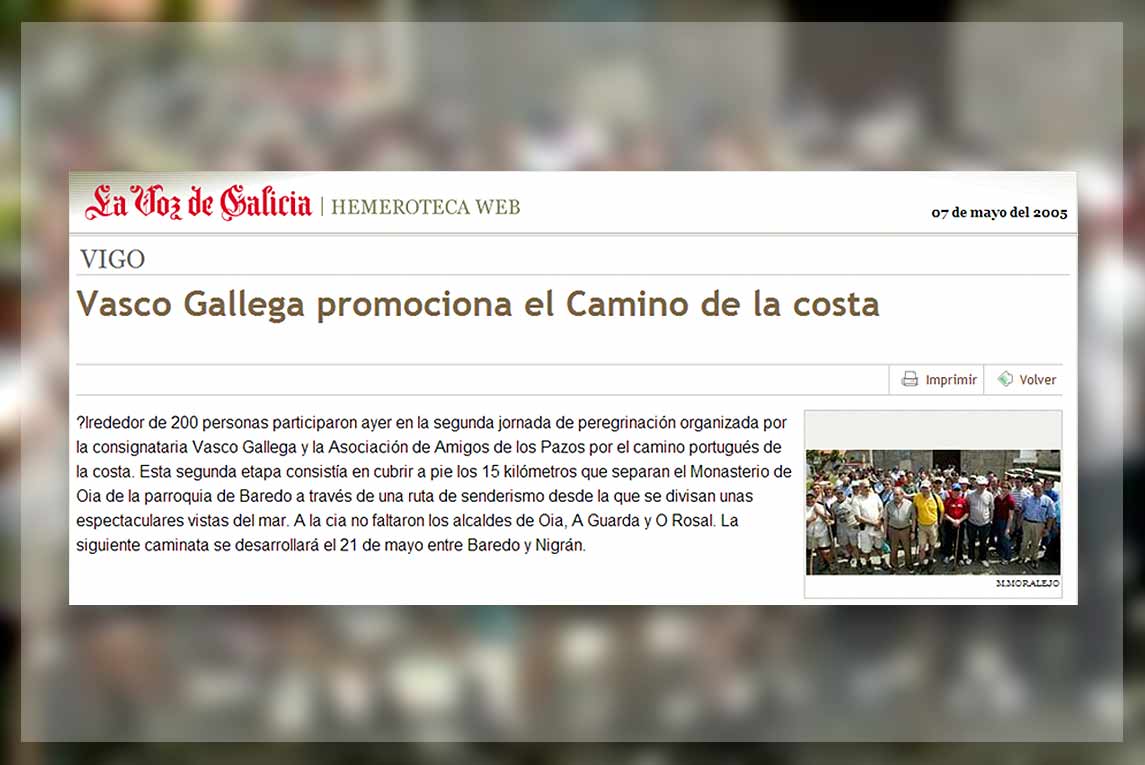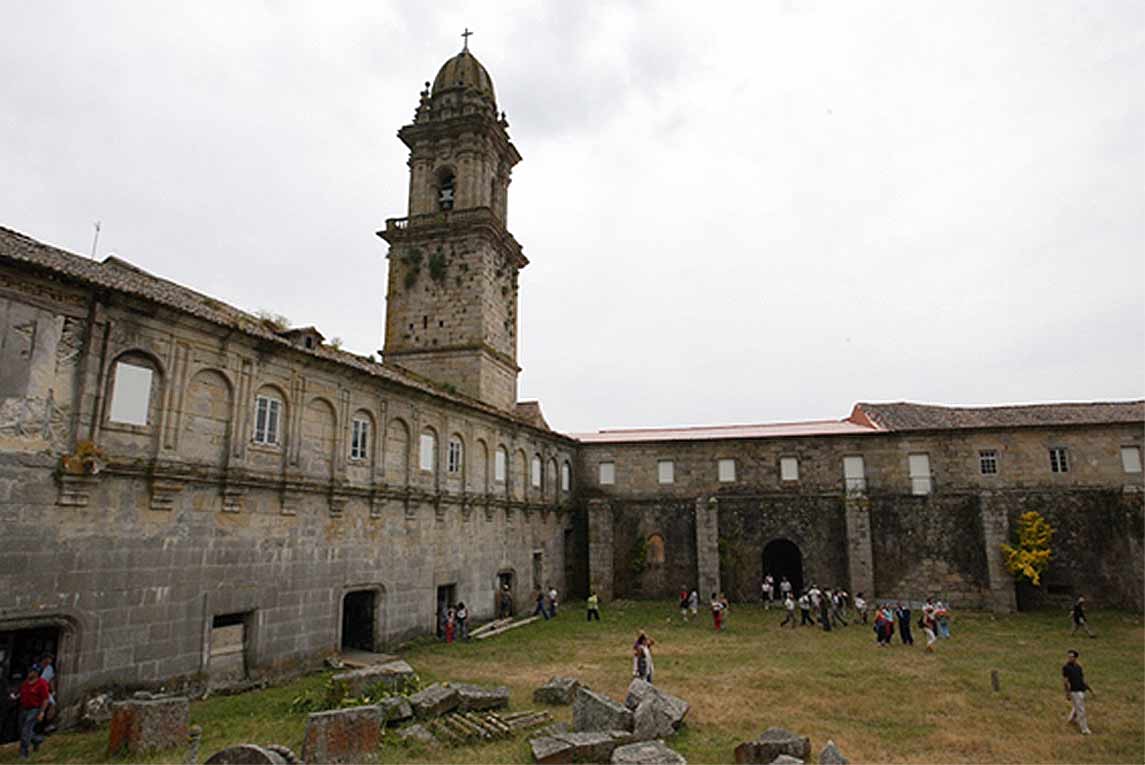The project
What has happened so far at the monastery?
a period marked by manu efforts and little progress filled with technical approvals and political barriers
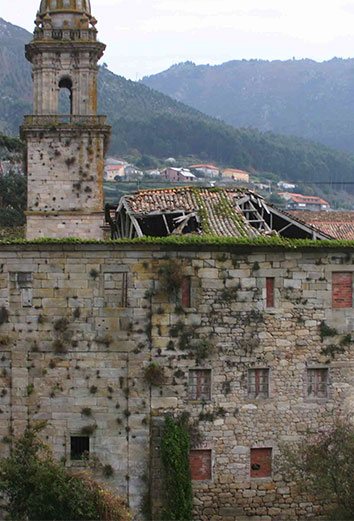
2004
November. Vasco gallega buys the monastery for € 2.4 million.

2004
Vasco gallega acquires the Monastery in a state of urgent need for repair and maintenance.
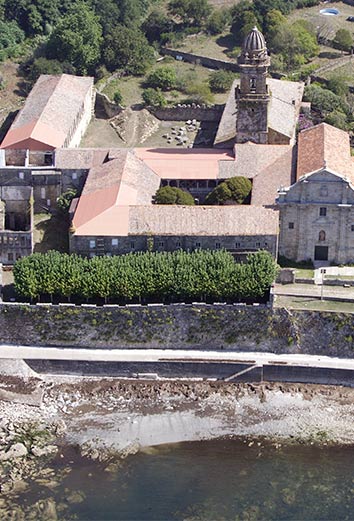
2005-2006
The first rubble removal, roof renovation and façade retention works begin.

2009
Second roof renovation works.

2010
Boundary wall replacement.

2016
Southern wall and roof replacement works.

2017
Retaining wall facing the sea.

2018
Removal of collapsed roof in the North Wing
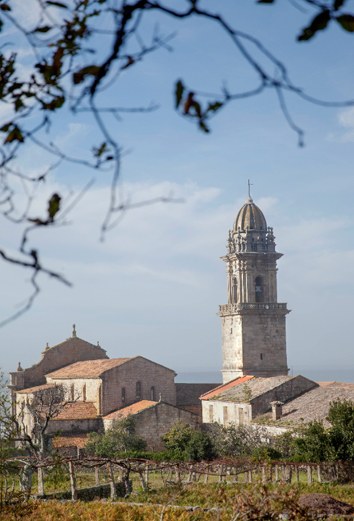
2019
A new stage. Re-launch of guided tours. New maintenance works.
Cultural activation and enhancement of the history of the Monastery. 2005-2019
From the beginning, our project was based on sustainability. A balance between maximum respect for heritage and economic profitability, between the social and cultural evolution, and the enhancement of a unique asset.
From the beginning, both the authorities and the property were clear that the current urban framework does not allow the viability of the rehabilitation of the monastery as a hotel business.
As it is not possible to make a profit due to the necessary investment in the 7,500 m2 constructed area and the 57,000 m2 of total surface area.
For this reason, in 2004 it was agreed with the local and regional administrations that the RMO project would fit within the new ‘Plan Xeral de Ordenación Urbanística (PXOM)’- urban framework- for next approval. Because it would be impossible to fit the proposed development into an obsolete urban planning created in 1996.
This new urban framework might offer up to 72 rooms for hotel use, and the construction of 20 edifications in the A Riña area, where there is currently a hotel, a health center, a nursery and a few homes among many other constructions.
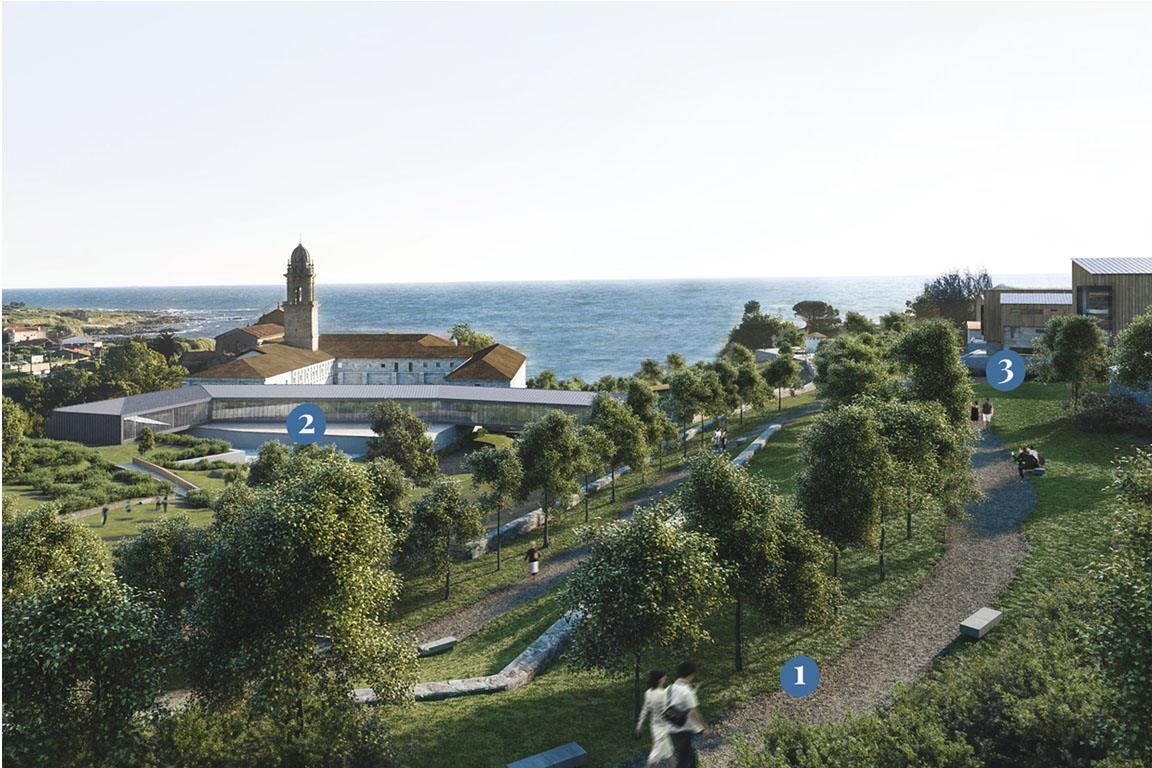
Project proposed by the property.
1. Green belt along the Lavandeira river, free for public use and integrated with the environment. It improves the visibility of the monastery.
2. Closure of the Naranjos courtyard as planned by the monks to build between 38 and 72 bedrooms.
3. Residential area at the northern perimeter of the 57,000 m2 area surrounding the existing housing, with the prior authorization of the regional Administration.
During the following years it was evidenced that the urban framework (PXOM) was not viable, and for that reason in 2011 a new Urban Agreement was signed with the City Council, who will define the process to follow to give urban viability to the Monastery project. This document, with full legal validity and protected by the technical services of the City Council, is approved by the Municipal Plenary.
Despite this important progress, the project has been paralyzed since 2015, even with favorable preliminary reports from the Xunta de Galicia.
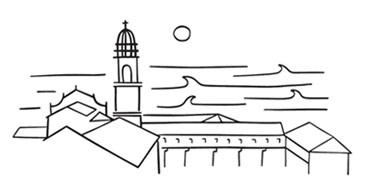
Unblocking this situation would mean, not only the integral rehabilitation of the Monastery, but also a green corridor for the enjoyment of neighbours and visitors along the Lavandeira river, land transferred by the property to the City Council for municipal use, and the integration after more than 800 years of the Monastery in the municipality, achieving something historic.
If you want to contribute ideas, knowledge or stories about the Monastery of Oia, count on us. info@mosteirodeoia.com
